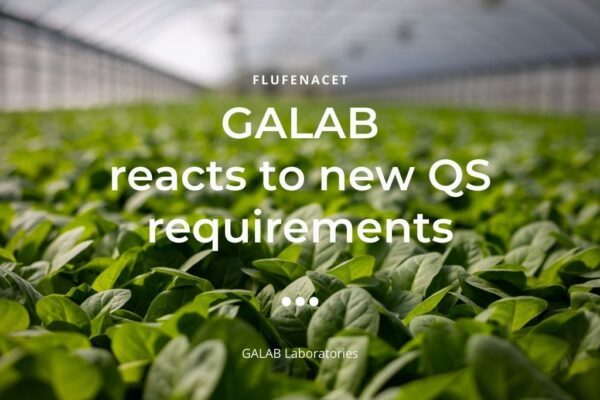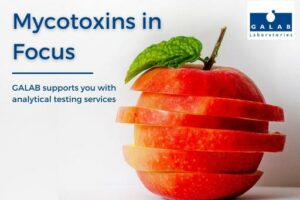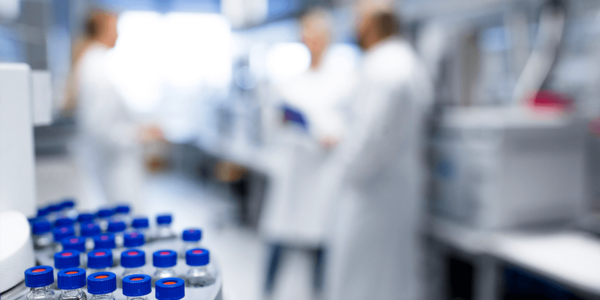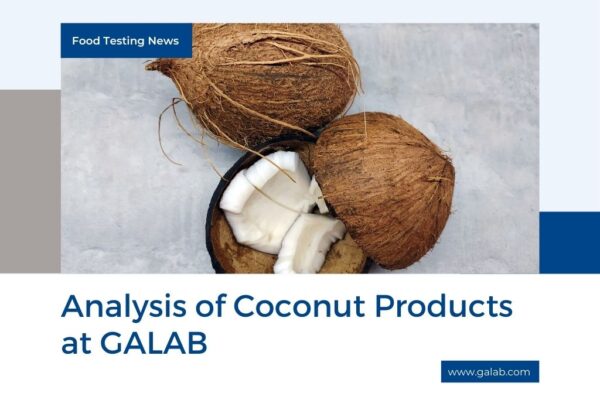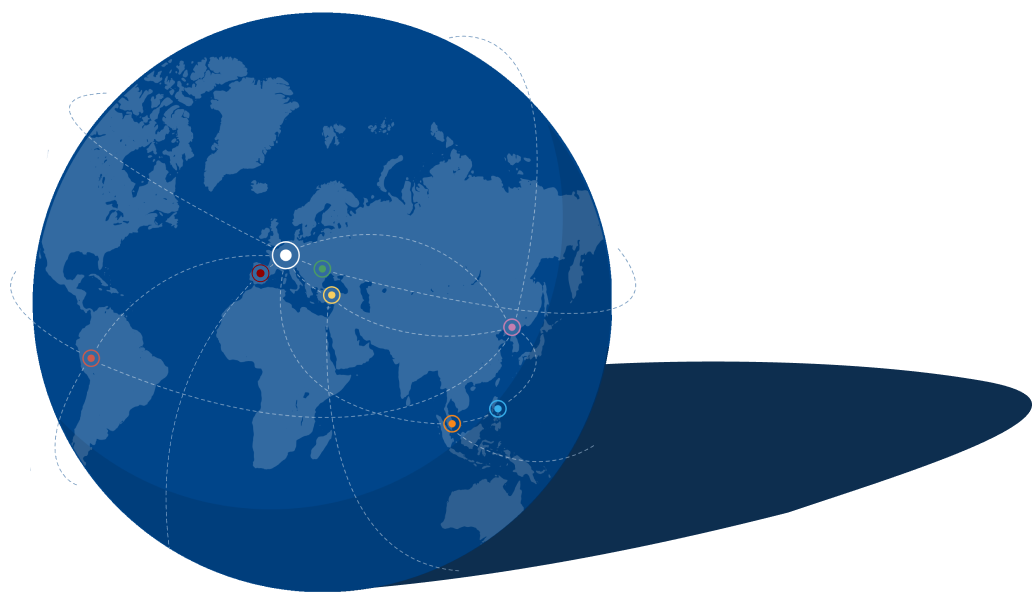Phosphonic Acid
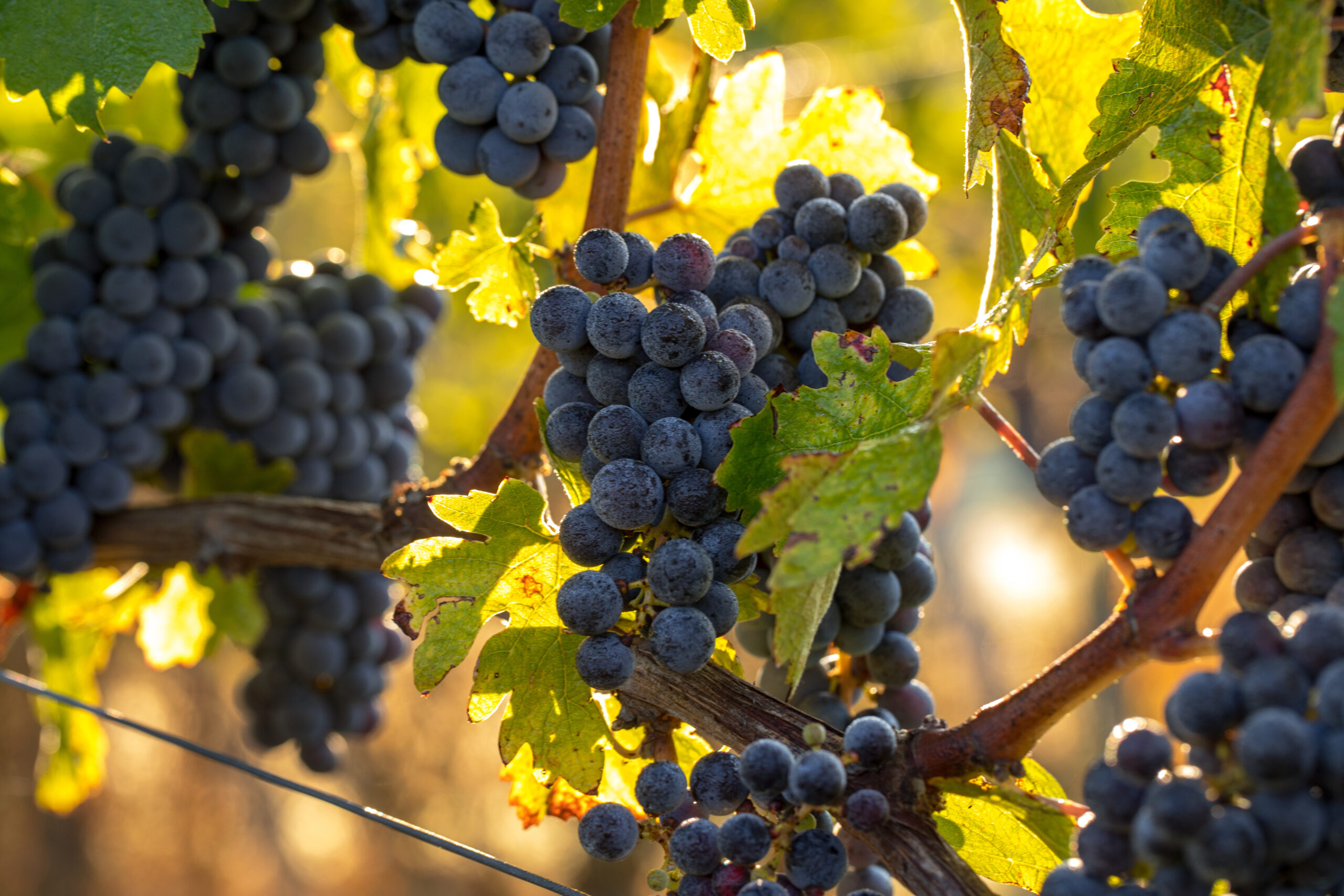
What is Phosphonic Acid?
Phosphonic acid is a breakdown product of the fungicide fosetyl-aluminium, but can also originate from direct application of phosphonate-containing fertilisers. This makes its origin tracing a complex task.
Due to the long persistence of phosphonic acid, residue levels may still be present at harvest, even if fosetyl-aluminium was applied early in the growth phase. This persistence has regulatory consequences, particularly in organic farming, where its presence can lead to problems under current EU standards. Although it is generally not considered a toxic hazard, residues can result in non-compliance and market access issues for producers and exporters.
Which food types and sectors are affected?
Residues of fosetyl-aluminium and phosphonic acid are particularly relevant in the following sectors:
-
Fruits and vegetables: Especially in grapes, lettuce, cucumbers, and citrus fruits.
-
Herbs and leafy greens: Known to accumulate residues due to high surface exposure.
-
Organic production: Phosphonic acid residues can lead to disqualification of organic certification if not authorised.
FAQ: Fosetyl-Aluminium and Phosphonic Acid in Food
❓ What is the relationship between fosetyl-aluminium and phosphonic acid?
✔ Fosetyl-aluminium breaks down into phosphonic acid in plants as a metabolite.
❓ Where are these residues commonly found?
✔ In fruits (especially grapes and citrus), leafy vegetables, and occasionally in organic products due to phosphonate-containing fertilisers.
❓ Are phosphonic acid residues allowed in organic food?
✔ No, if they originate from the use of pesticides. Their presence may indicate contamination or unauthorized use.
❓Is fosetyl-aluminum regulated by European legislators?
✔ No, only phosphonic acid and its salts, expressed as phosphonic acid, are regulated. Fosetyl itself is not included in the definition and is therefore not regulated by Regulation (EC) No 396/2005. However, both are analyzed together for control purposes.
❓ What technology does GALAB use for this analysis?
✔ GALAB offers a high-sensitivity method based on the QuPPe procedure, capable of reliably detecting trace levels as low as 0.01 mg/kg – helping you stay ahead of evolving regulations. so that we can continue to check your products regarding the new regulations.
Parameters & Analytical Methods
-
State-of-the-Art Analysis
We constantly update our spectrum of parameters to the latest developments in the food analysis sector and offer state-of-the-art analytical methods for the safety of your products.
-
Comprehensive multi-methods
We are constantly expanding our range of services in order to be able to guarantee you a comprehensive range of analyses. We offer multi-methods for mycotoxins, dioxin analysis or molecular biological analysis for GMOs and allergens. The GALAB Pesticide500Plus® multi-method can even be used for difficult matrices such as spices and herbs.
-
Constant development
If you cannot find the parameter/analysis you are looking for here, please do not hesitate to contact us. Our research and development department implements your requirements and specifications cost-efficiently and with a high quality standard.
-
Quality Policy
GALAB Laboratories has implemented a quality management system to allow for optimum service for their customers. It is our goal to establish close relations to customers by customer satisfaction. Therefor quick reactions to customers’ specific needs as well as considerations for quality demands of the market are necessary. We strive to provide comprehensive and professional advice to our customers. Learn more
Get in touch, we will help you.


